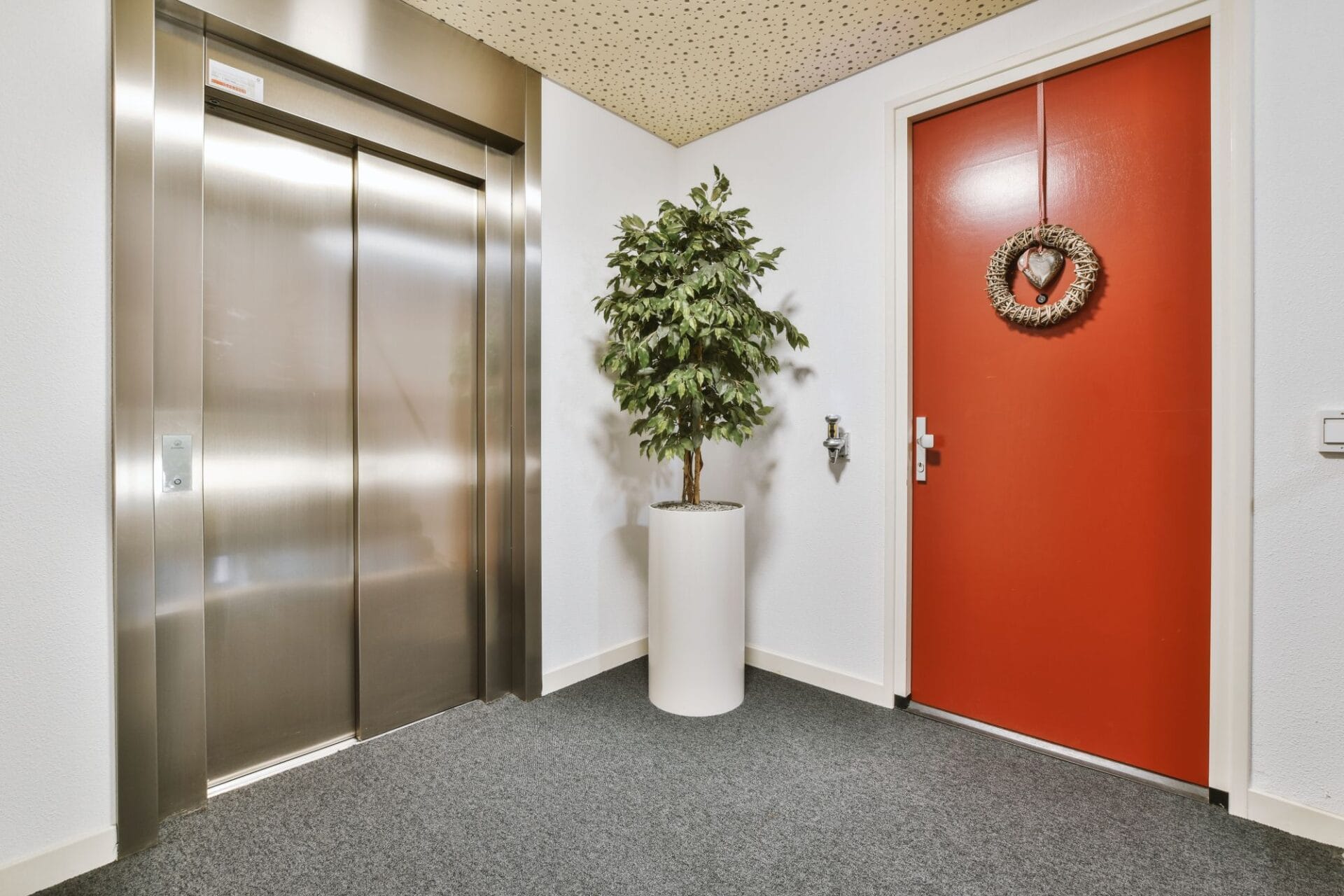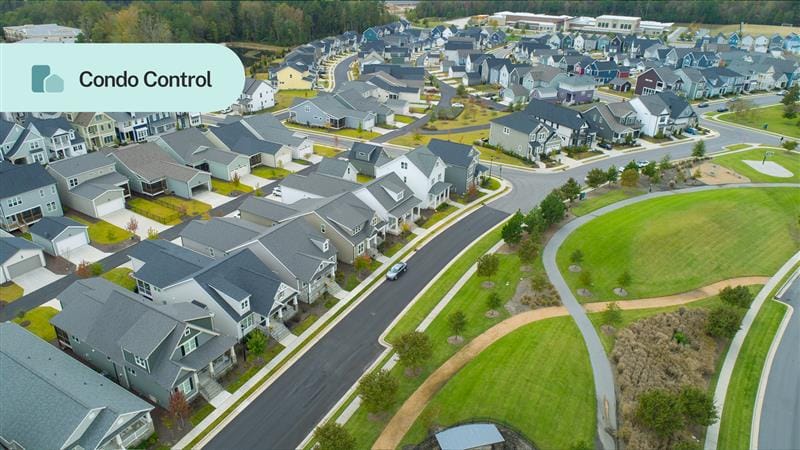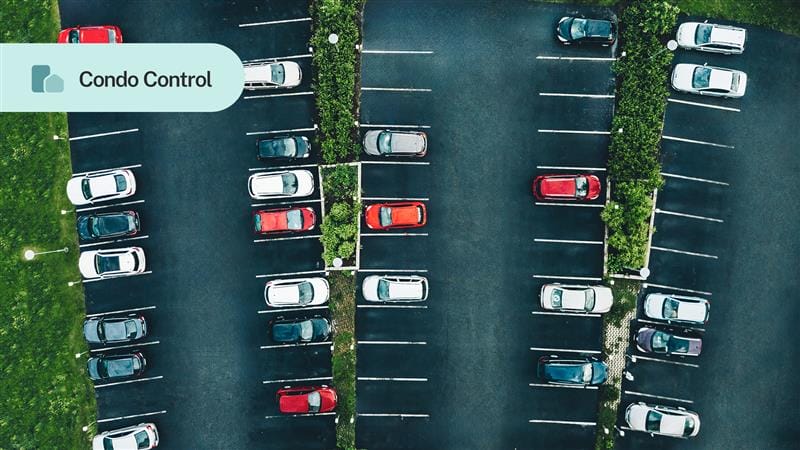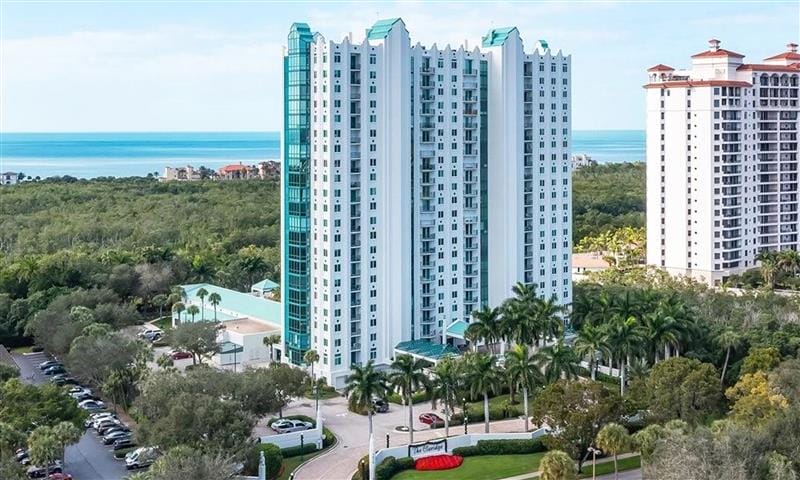What happens when a dispute within a community association cannot be resolved? Court is the logical answer, but there may be one step before that. Alternative dispute resolution (ADR) is a formal process that aims to resolve a dispute or conflict outside of court.
ADR can be less costly and time consuming than court, not to mention that courts are often overwhelmed with cases.
Table of contents
- Do community associations use ADR often?
- Is ADR legally binding?
- Main types of ADR
- Some states require HOAs to engage in ADR
- When to try ADR
- Instances where ADR is not appropriate
- How to start the process
- Recommendations
There are multiple ADR types, but the two prevailing forms are mediation and arbitration. In each situation, a third party assists the opposing parties so that they may come to an agreement they can both live with. ADR doesn’t always work, but it gives parties a chance to settle an argument on their terms instead of having a judge tell them what to do.
ADR is flexible and unique, and different associations will have different rules and expectations. This article will provide some general information to help you better understand the basics, but your ADR experience could be much different.
Do community associations use ADR often?
It depends. Not all cases will lend themselves to ADR. Conversely, some states require condos and HOAs to try ADR for certain issues before taking them to court. That being said, parties cannot be forced to participate in ADR. But if someone flat out refuses, they may lose the right to sue the association, or another member, meaning they would lose their case.
Is ADR legally binding?
Again, it depends on state legislature, type of mediation, and any policies or rules enforced by your association. It can be, but in most cases, ADR is not legally binding for community associations.
Main types of ADR
Mediation
Mediation is probably the most common type of ADR. The process is facilitated by a mediator, an independent and neutral party who works with both sides. Attorneys can attend if parties prefer that.
A mediator is not a judge. Rather, they listen to both sides and help the parties reach an agreement that they each consider satisfactory and fair.
Mediation is a non-binding process. Neither party is forced to accept a mediation decision and may leave the mediation process at any time if they feel it is no longer productive. However, if both parties agree with the results, they can sign an agreement.
Pros of mediation
- Typically costs less than litigation and arbitration
- Doesn’t bind participants to a specific outcome
- Is often less cumbersome than having a case argued in court
Arbitration
Arbitration is more formal than mediation. It is facilitated by an arbitrator (sometimes more than one) who is essentially a private judge. Attorneys may be present, too.
After listening to evidence and reviewing relevant documents, the arbitrator makes a final decision, which may be non-binding or binding, depending on what both sides have agreed to.
Non-binding arbitration essentially provides parties with a professional opinion about the expected result if the case were to go to trial. A binding arbitration is a final decision that cannot be appealed and to which both parties must comply.
Some states require HOAs to engage in ADR
Some states have statutory language either mandating ADR, or that create official pathways for owners who want to participate in the process. These states include:
- Illinois
- California
- Colorado
- Florida
- Hawaii
- Michigan
- Pennsylvania
If ADR laws exist, an owner may not file certain lawsuits in superior court unless an effort has been made to submit the dispute to ADR.
Even where ADR is not required by law, the Community Associations Institute (CAI) advocates that communities adopt policy resolutions to offer ADR for housing-related disputes between individual owners, as well as between owners and the association.
When to try ADR
ADR is often viewed as a preferable option to litigation. It can still be a challenging and uncomfortable experience, but it gives parties an opportunity to come to an agreement on their own.

Subject to jurisdictional differences, ADR can assist with:
- Neighbor-versus-neighbor disputes
- Interpretation and enforcement of governing documents and rules
- General enforcement of architectural or other violations
- Allegations of improper maintenance
- Infringement of an owner’s rights
Instances where ADR is not appropriate
There are some matters that are more “black and white,” making mediation a poor choice. Those issues include:
- Delinquent assessment collection
- Matters arising out of contractual obligations
- General interpretation of governing documents where a complainant owner is suffering no particular harm
- If the party is filing a claim in small claims court for money damages
- A preliminary or temporary injunctive relief is necessary
How to start the process
The ADR process is often started by the initiation of a demand letter. After checking state laws and governing documents to see what, if anything, is required to engage in the ADR process, parties will want to find a mediator or arbitrator.
Parties can do a simple Google search, or see if there are any programs that can select a mediator for them.
Once hired, the mediator will reach out to the parties independently or together to learn more about the subject of the dispute. In some cases, the mediator will ask for a brief written position from each party.
After the parties have shared information, they will come together to openly discuss their positions and views. Parties may be in separate rooms (this is common) and the mediator will go back and forth to collect and share information. If lawyers are involved, the mediator may ask to speak to them together without the clients.
If a deal can be reached, the parties can sign a document that captures what was agreed to. However, if an agreement cannot be reached, the parties may still end up in court.
ADR recommendations
The CAI encourages board members to design ADR procedures that are most appropriate for the community’s needs in resolving disputes, subject to state law, including any provisions that may be required within the community’s governing documents. These recommendations can help guide community associations interested in creating an ADR policy, but each one will be unique in some way.
- Where possible, use an arbitrator or mediator experienced in community association issues
- The ADR process should provide a reasonable time for parties to reach an agreement. Often that is 90 days
- ADR sessions should be held in a mutually convenient location
- ADR processes should provide each party with an equal say in the appointment of a mediator or arbitrator
- Although ADR processes may be conducted in confidence, the result should be shared with the members of the association. While that might sound counterintuitive, positive outcomes will encourage others to try this option
- The cost of the ADR should be covered by the parties equally, should be reasonable and proportional to the amount at issue in the dispute
- The ADR processes should provide fee waivers for parties that are unable to afford the cost of ADR so that no party is deprived of access to this option due to cost
- Any legislatively directed ADR process must provide for the tolling of any statutes of limitation or repose that could jeopardize the association’s claims if the ADR process is unsuccessful
Conclusion
ADR is not guaranteed to keep owners and/or associations out of court, but it can be worth a try, depending on the dispute. The process can be quicker and less costly, but more importantly, parties have a chance to settle a disagreement on their terms.























